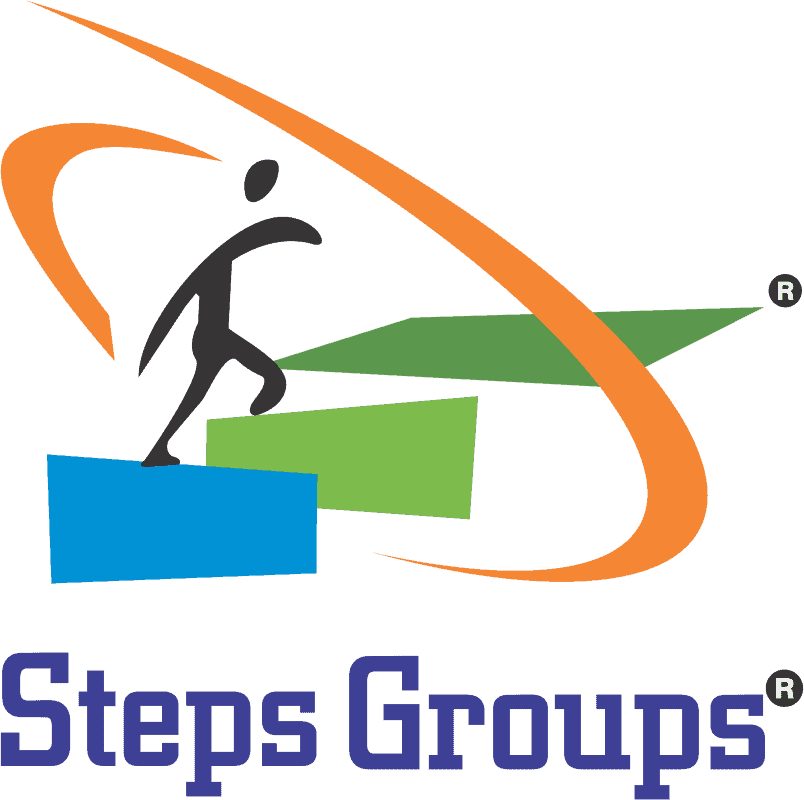Physiotherapy vs. Occupational Therapy: Understanding the Distinctions

In the world of rehabilitative care, two terms frequently surface: physiotherapy and occupational therapy. While they might seem similar to the untrained eye, they serve distinct purposes. If you’ve ever wondered, “what’s the difference between physiotherapy and occupational therapy?”, this guide will provide clarity.
Physiotherapy: The Essence
Physiotherapy focuses on restoring and maintaining a patient’s mobility, function, and well-being. By using various therapeutic exercises, manual techniques, and modalities such as heat or cold therapy, physiotherapists aim to alleviate pain, rehabilitate injuries, and reduce the risk of future physical challenges.
Key aspects of physiotherapy include:
- Rehabilitation after injuries, such as sprains, fractures, or post-operative recovery.
- Managing chronic conditions like arthritis, back pain, or repetitive strain injuries.
- Enhancing mobility and function to improve the quality of life.
Occupational Therapy: Beyond Physical Recovery
Occupational therapy, on the other hand, delves deeper into helping individuals – regardless of age – to perform everyday tasks more efficiently and with greater ease. These tasks could range from basic activities like dressing, cooking, or bathing to more complex responsibilities tied to one’s job or hobbies.
The main goals of occupational therapy include:
- Enhancing the individual’s ability to carry out daily tasks, irrespective of any physical, cognitive, or emotional challenges they might face.
- Recommending modifications in the home or workplace to make it more accessible and conducive.
- Training in the use of adaptive equipment, like wheelchairs, splints, or aids for daily living.
Where They Overlap and Where They Diverge
While both physiotherapy and occupational therapy prioritize a patient’s function and independence, their approaches differ:
- Approach: Physiotherapists typically adopt a more hands-on technique, focusing on exercises, mobilization, and modalities to achieve results. Occupational therapists might spend more time on cognitive strategies, environmental modifications, and task analysis.
- Outcome Goals: Physiotherapy often has specific physical goals – like increasing a joint’s range of motion or strengthening a particular muscle group. Occupational therapy, conversely, might have goals like improving a child’s handwriting, enabling an elderly person to cook independently, or helping someone with cognitive challenges organize their day.
Steps Groups: Offering Both Under One Roof
At Steps Groups, understanding the nuanced distinctions between these two therapies is crucial. Their team of dedicated professionals ensures that each individual receives the care tailored to their unique needs. Whether it’s physiotherapy for post-operative rehabilitation or occupational therapy for enhancing daily life skills, Steps Groups stands at the forefront of offering comprehensive care.
Concluding Thoughts
Deciphering the intricate web of rehabilitative services can be challenging. While both physiotherapy and occupational therapy have their distinct roles, they often work hand-in-hand to ensure holistic care for patients. The key is to understand what’s the difference between physiotherapy and occupational therapy and to approach centers like Steps Groups that offer the expertise and care that align with an individual’s unique requirements.


